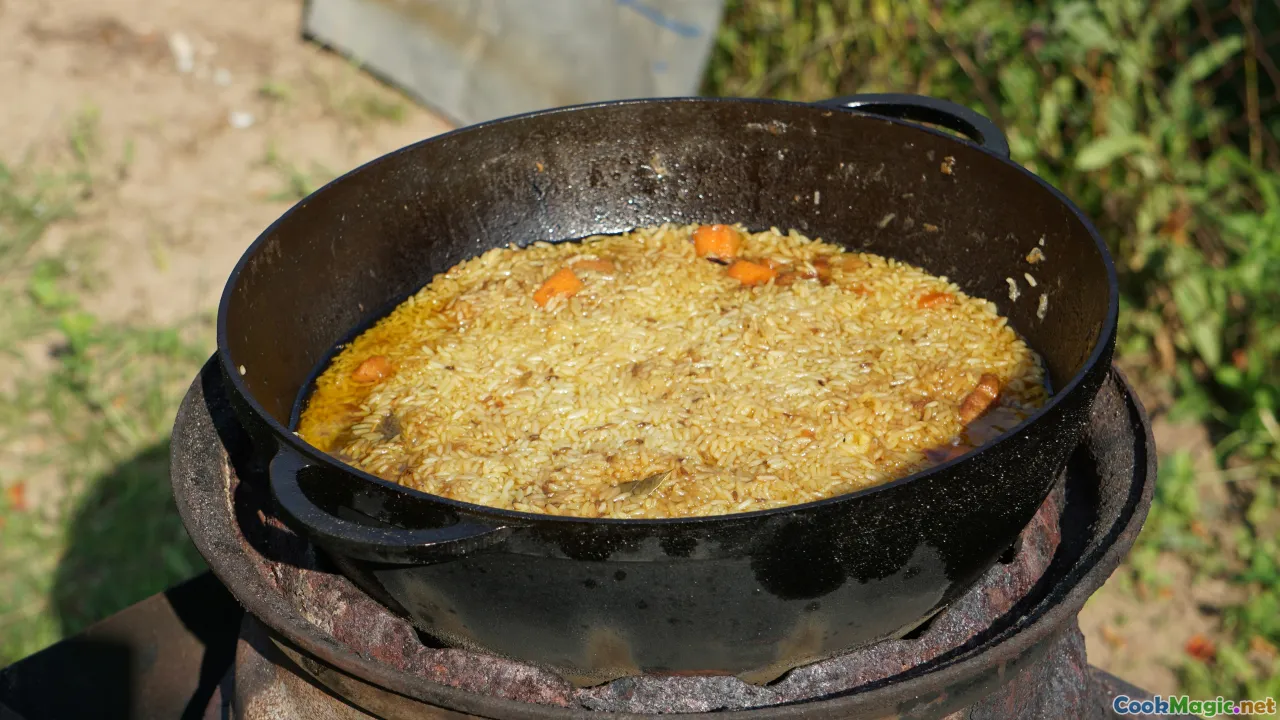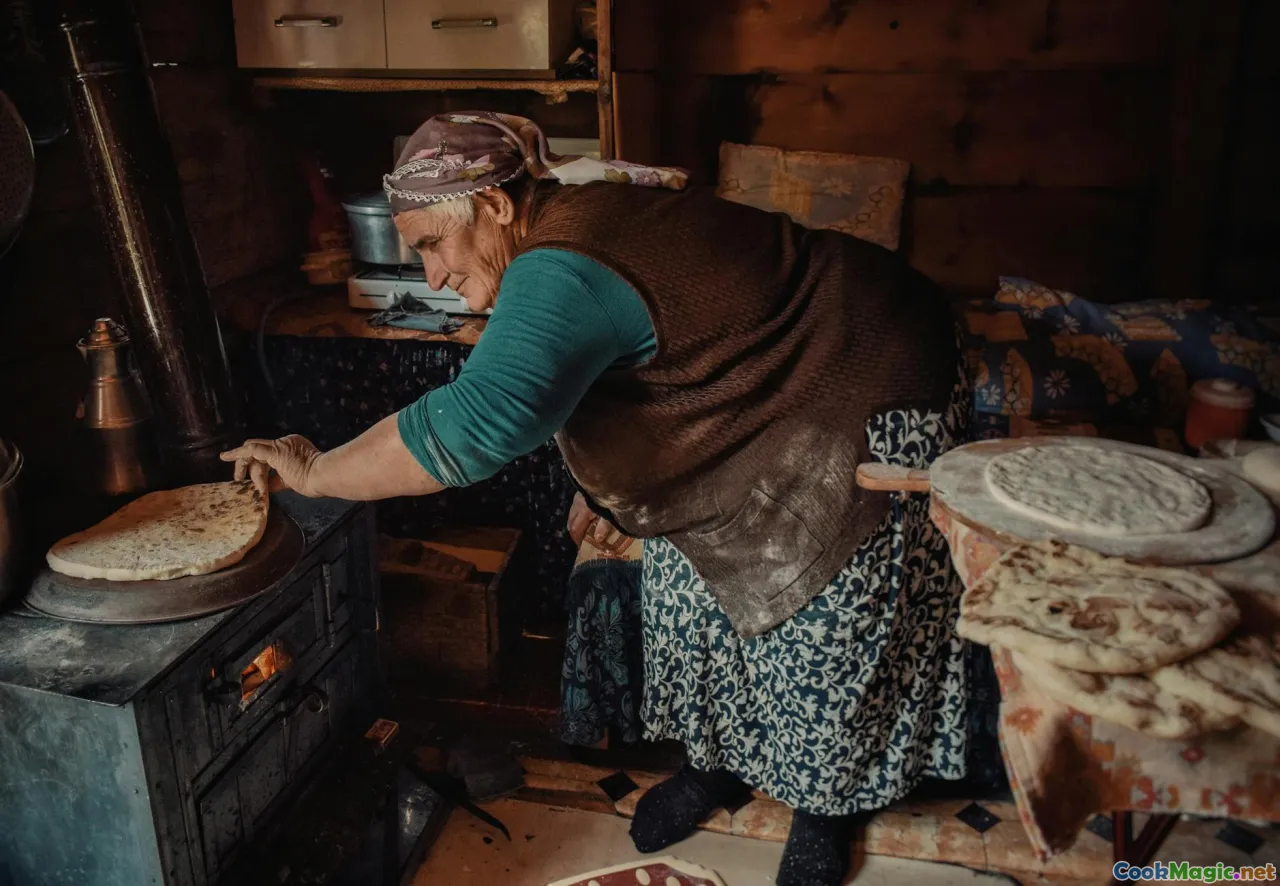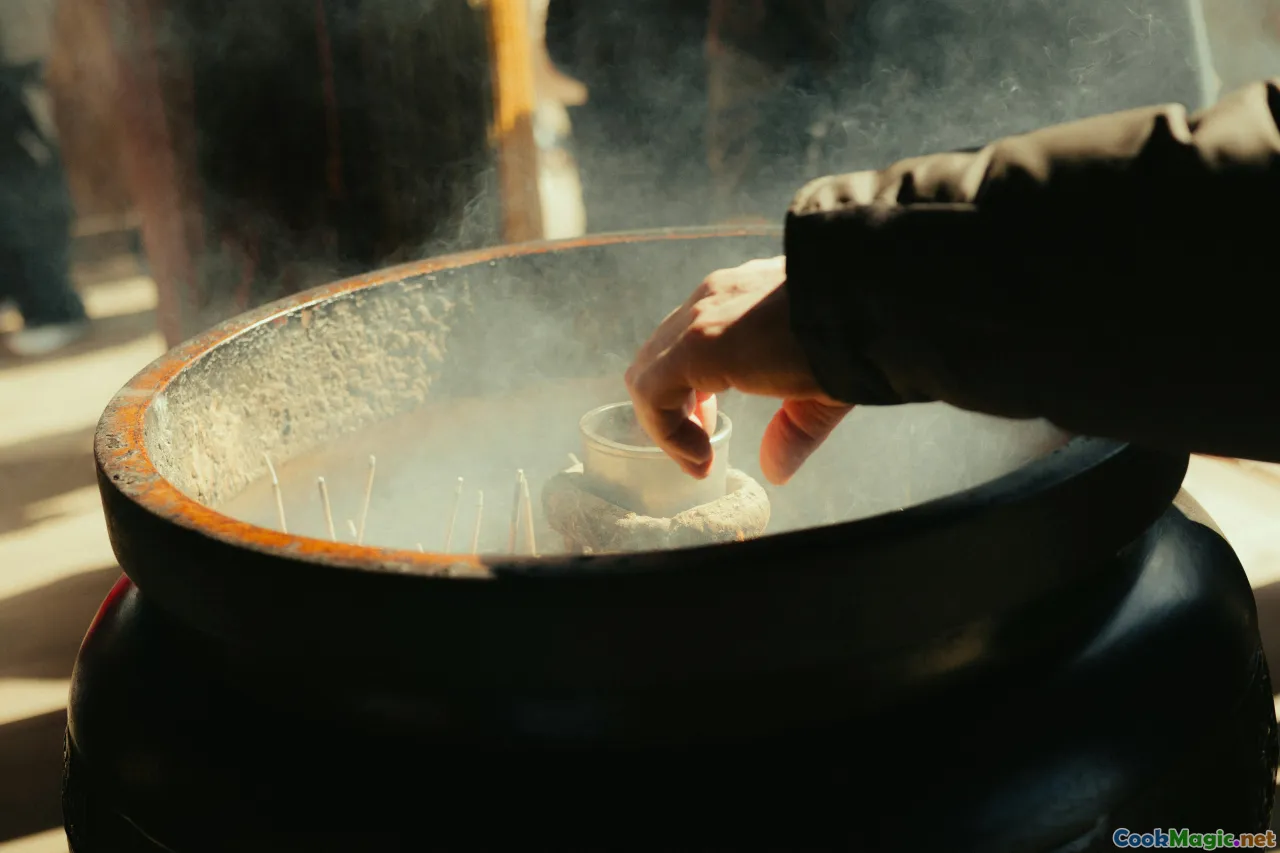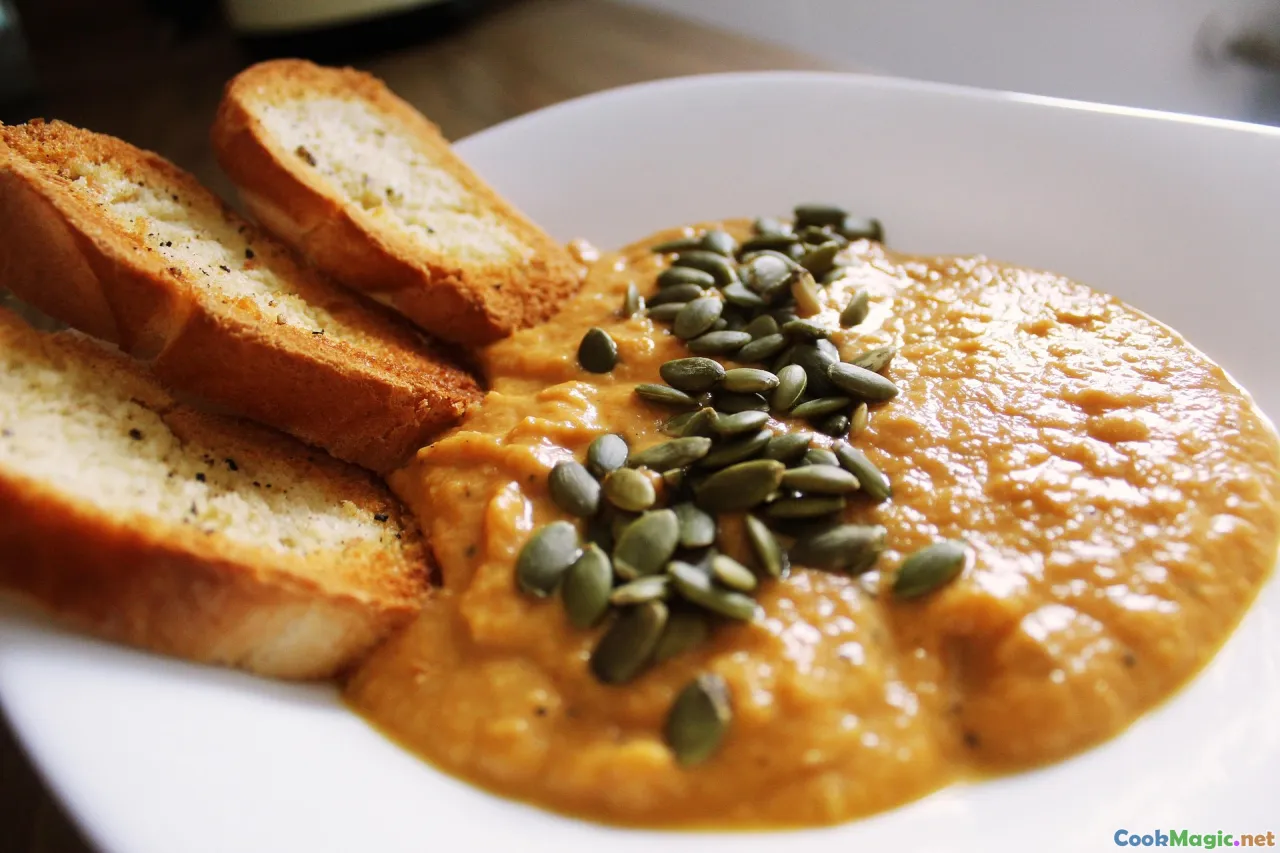Secrets Behind the Perfect Congolese Moambe Chicken
11 min read Discover the culinary secrets and authentic techniques to achieving the perfect Congolese Moambe Chicken. July 22, 2025 09:05
Secrets Behind the Perfect Congolese Moambe Chicken
Imagine the warm, inviting aroma of freshly stewed chicken simmering softly in a vibrant, reddish-brown sauce infused with a symphony of aromatic herbs and spices. The rich scent beckons you closer—a tantalizing promise of bold flavors rooted in centuries of Central African tradition. Congolese Moambe Chicken is more than just a dish; it's a culinary emblem of heritage, a soulful expression of community, and a testament to the resourcefulness of indigenous ingredients. Today, we peel back the layers of this beloved classic to uncover the secrets behind crafting the perfect moambe—a dish that encapsulates Congo’s rich cultural tapestry.
The Cultural Roots of Moambe Chicken

Moambe chicken, also known locally as "Poulet Moambe" or "Poulet à la sauce d'arbres à moambé," is a culinary cornerstone in the Democratic Republic of Congo and across Central Africa. Its origins are deeply entwined with the region's history and people, reflecting a tapestry woven with stories of resilience, community bonding, and reverence for indigenous ingredients.
In many Congolese families, preparing moambe isn’t just cooking; it’s a ritual that connects generations. From the bustling markets of Kinshasa to remote villages along the Congo River, the dish symbolizes shared identity and continuity. Elders pass down secret spice blends, traditional cooking techniques, and storytelling that keep the spirit of moambe alive.
Historically, the use of the palm nut fruit—precursor to the flavorful palm nut paste—has been a defining characteristic. This ingredient, harvested sustainably from local palm trees, serves as both the base and soul of the dish, embodying the resourcefulness rooted deeply in Congo's lush landscapes.
The Core Ingredients—What Makes Moambe Stand Out?

At the heart of every delectable pot of moambe are key ingredients that contribute to its distinctive taste and texture:
- Chicken: Traditionally, whole chicken parts—preferably bone-in thighs or drumsticks—are used for their flavor and tenderness.
- Palm Nut Paste: The foundation of the sauce, made from roasted, ground palm nuts, it offers a rich, nutty flavor and vibrant reddish-brown hue.
- Fresh Vegetables: Onions, garlic, and ginger form the aromatic base.
- Native Spices and Herbs: Include bay leaves, hot chili peppers for heat, and variably, some cooks add a touch of alligator pepper or local ginger.
- Vegetables and Sides: Cassava leaves, plantains, or fumbwa (jungle spinach) often accompany the dish.
The quality and freshness of each ingredient profoundly influence the final flavor—opting for locally sourced palm nuts and organic vegetables elevates even the simplest recipe.
Essential Techniques for a Flavorful Moambe

Achieving that authentic, deeply flavored moambe requires mastery over specific cooking techniques:
1. Preparing the Palm Nut Paste
Roasting the palm nuts lightly before pounding or grinding enhances the nutty aroma and depth of flavor. Traditionally, artisans use mortar and pestle to grind the softened nuts, but modern blenders can also be employed for a smoother, more consistent paste.
2. Building the Aromatic Base
Sauté onions, garlic, and ginger at a moderate heat, allowing their fragrances to perfume the kitchen without burning. This step is critical—overcooking can introduce bitterness, so patience and gentle heat are key.
3. Developing Layers of Flavor
Add the palm nut paste gradually, stirring continuously to blend it seamlessly with the aromatics. Let it cook for 10–15 minutes until it darkens slightly and releases that unmistakable nutty smell.
4. The Proper Simmer
Nestle chicken pieces into the sauce and add enough stock or water to cover partially. Simmer gently—too vigorous a boil can toughen the chicken—until the meat is tender and the sauce thickens into a rich, clingy consistency. Undercooked chicken can betray the dish’s tenderness, while overcooking may lead to dryness.
5. Balancing the Flavors
Taste and adjust with salt, heat, and acidity—some cooks add a splash of red palm oil for added richness or a dash of lime or lemon juice at the end for brightness.
Comparing Variations: Regional and Personal Touches

While the core of moambe remains consistent, regional and familial variations add diverse interpretations:
- Liberian Version: Often includes a splash of palm wine, imparting a slightly sweet, fermented note.
- Kinshasa Style: Emphasizes a spicier profile with chili peppers and additional hot seasonings.
- Rural Variants: Use wild herbs and sometimes incorporate ingredients like smoked fish or dried meats to enrich flavor.
Personal preferences also influence the spice level, acidity, and garnishes—some serve it with boiled yams, others with fufu or starchy plantains. These nuances reflect not just culinary innovation but regional identities.
Pairing and Presentation—Making the Meal an Experience

The visual and sensory experience of serving perfect moambe isn’t complete without thoughtful pairing:
- Side Dishes: Foofoo (pounded cassava dough), plantain cooked in salted water, or boiled yams complement the sauce's richness.
- Vegetables: Fumbwa (jungle spinach) adds a leafy contrast, while roasted sweet potatoes provide sweetness.
- Accompaniments: A cold palm wine or locally brewed beer balances the heat and richness.
Presentation is key—traditionally served in a communal bowl, encouraging shared enjoyment and reinforcing cultural bonds.
Tips for Home Cooks: Mastering the Art of Moambe

Making authentic moambe accessible to home cooks involves simple yet deliberate steps:
- Use fresh ingredients: Prioritize fresh chicken and ingredients; frozen can diminish flavor.
- Don’t rush the sauce: Patience during the sautéing and simmering phases guarantees depth in taste.
- Season gradually: Build layers—do not season entirely at once—tasting along the way.
- Control the heat: To preserve tenderness and maximize flavor, cook on medium to low heat.
- Get creative: Experiment with additions like smoked fish, kola nuts, or different local herbs to create your signature version.
Most importantly, embrace the process—it’s about nurturing patience and respecting tradition.
The Heart of Congolese Cuisine in Every Bite

The magic of perfect Congolese moambe chicken lies in its ability to evoke a sense of place, a celebration of community, and a legacy handed down through generations. When a pot of moambe gently stews on the stove, it carries stories of resilience, family, and survival—a testament to Congo’s spirited heritage.
Every bite offers an explosion of savory richness, a hint of spice, and Velvety texture, accented by the earthy aroma of palm nuts and the warmth of simmered chicken. It’s a dish that invites sharing, storytelling, and savoring—not merely eating but experiencing.
Approaching Moambe Chicken with respect for its roots and dedication to the craft ensures each preparation remains authentic and memorable. Whether you’re conjuring it up in your kitchen or sampling it at a bustling market stall in Kinshasa, the essence remains unchanged: Good food is an act of love and cultural memory.
Enjoy the journey of creating your own perfect Moambe—where tradition meets your touch, and every plate tells a story.









